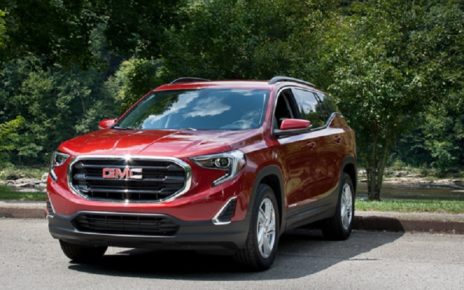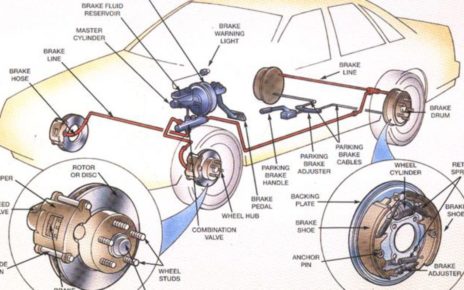If you are looking for an urban minicar then the 2019 Chevrolet Spark will surely make a great choice because of many reasons, after you are smitten with its good looks. Once you get inside the Spark, it will gradually unfold all its treasure to you. The very first moves with your test drive will start making your feel treasured with all the standard and active features that it has packed under its hood.
Hence this five-door minicar from Chevrolet that comes in a bevy of trim levels is bursting with personality that itself is enough to trap the hard driving instincts. As collected from the sales team serving at the Smithfield Chevrolet dealer, the 2019 Spark is a car that most of the mass buyers can afford and caters almost every requirement that a buyer can think of.
Trim Levels
The 2019 Chevrolet Spark lineup is comprised of the base LS, mid-level 1LT, and range-topping 2LT trim models. Then there is the Spark Activ model that is known widely for its unique body shape that is clad in a slightly increased ride height, to achieve more control on the road. However, all the trim versions are configured as front-wheel drive.
2019 Specials
For the 2019 release, Chevrolet has freshened up the Spark lineup with some striking features that includes a low-speed automatic emergency braking for the Spark 2LT as an option, that can automatically detect a probable collision and can slow down the car automatically, if the driver fails to respond in time.
All the 2019 Spark trims now gain a new 7.0-inch touchscreen for their infotainment section that is now more advanced with an updated software. Apple CarPlay and Android Auto connectivity is made standard in addition to a couple of USB ports that enhance its feature count.
The Spark LS trim is redefined with a basic motoring feature that comes with its roll-up windows and hubcaps functionalities. As you climb higher the trim, the 2LT gets you more power features, while its cabin will be decked with synthetic upholstery and comfortable seating, and one can enjoy the luxury of keyless ignition.
Power Front
The 2019 Chevrolet Spark is given a 1.4-liter inline-4 rated engine to get a 98 horsepower that is standard on all the trim levels. This engine is mated to a 5-speed manual transmission which is standard too, while one can go for the continuously variable transmission (CVT) to achieve more grip on the vehicle performance.
Safety Features
In the list of features, the 2019 Spark shows it’s keen interest in making the drives safer than ever before. Apart from the low-speed automatic emergency braking it has bagged in significant safety and driver assistance features through its Driver Confidence package like a set of 10 airbags, lane-departure warning, stability control, anti-lock brakes, a rearview camera and rear parking sensors.
If you visit any reputable showroom like that of the Chevrolet dealer near Smithfield, you will agree that the striking features of the 2019 Spark makes a compelling package and it is a car you can park most easily in any tight slot.





